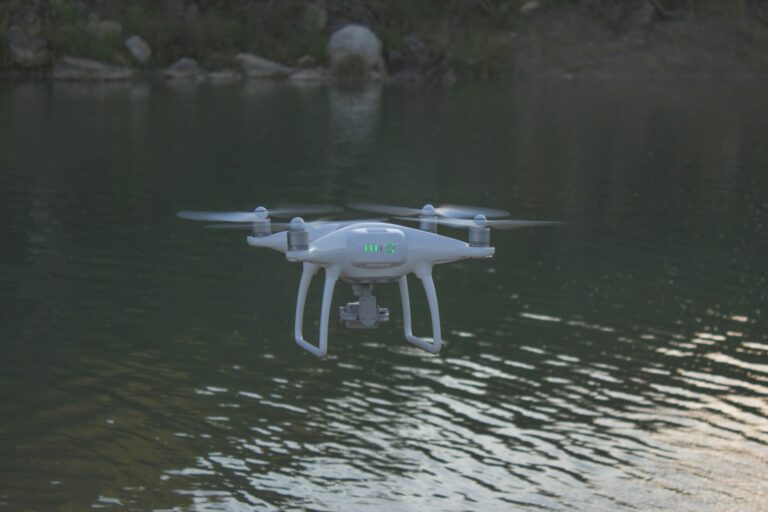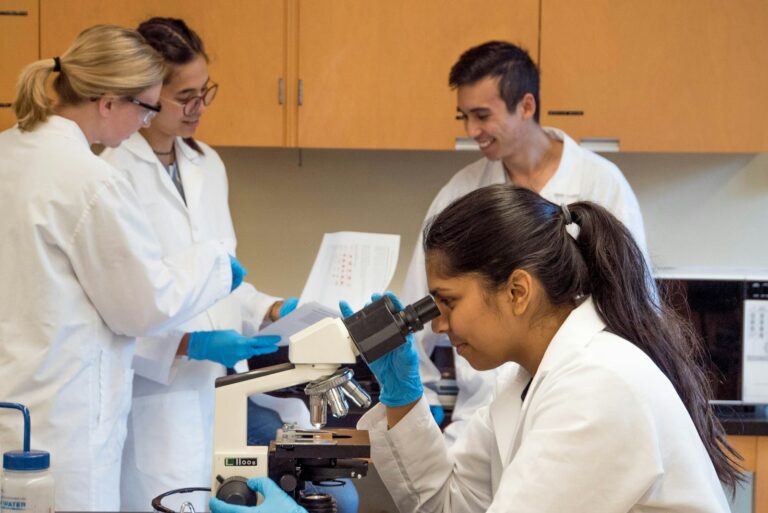Key Takeaways
– Human made light at night grows by about ten percent each year
– Ground telescopes need dark skies to spot faint galaxies
– LED lights add blue green glow that blocks cosmic views
– City lights reach observatories more than two hundred miles away
– Eighty percent of people now cannot see the Milky Way
Introduction
Bright lights from cities roads and billboards help us see at night. However these lights harm our view of the night sky. Indeed astronomers warn that light pollution now threatens serious science. Moreover most people no longer see a sky full of stars. Therefore we must learn why this problem matters and what we can do.
Why Dark Skies Matter
Ground telescopes use large mirrors to collect faint light from distant stars. These mirrors can span six to ten meters across. They help us learn about dark matter star births and the evolution of galaxies. In contrast space telescopes face high mission costs and limited mirrors. As a result we cannot do all observations from space. Because of this ground telescopes remain vital for discovery.
However ground observatories need dark skies to work well. Even small amounts of stray light add glare and noise to their images. For example the new Rubin Observatory relies on nearly total natural darkness. It aims to survey 2.6 billion galaxies. Yet the typical galaxy in that survey lies one hundred times fainter than the air glow above Earth. Consequently any increase in sky brightness forces longer exposures or fewer detections.
The Rise of LED Lighting
In the past outdoor lights used sodium vapor lamps. These lights emitted an orange pink glow. They gave off very little blue or green emission. Therefore observatories close to growing cities still saw dark skies in these colors. As a result astronomers discovered many faint cosmic objects.
Yet a shift to solid state LED lights changed the sky forever. At first these lights shone mostly in blue green wavelengths. Over time manufacturers made warmer LEDs that cut some blue light. However all LEDs still produce a broad spectrum of light. They spill ultraviolet blue green and red into the night.
A study predicted that LEDs would lower power use but keep light levels steady. However satellites tell a different story. Cities kept spending on outdoor lighting and simply added more light. Thus total human made light in the night sky grows each year.
How Far Skyglow Travels
Light pollution does more than hide stars near cities. It also spreads across hundreds of miles. Bright urban areas cast light domes that brighten skies at distant observatories. In fact skyglow from a major city can reach up to two hundred miles away. When a city sits right next to a telescope site the effect becomes worse.
For example the Mt Wilson Observatory once stood in very dark skies. Built in the early nineteen hundreds above Los Angeles it lay far from most people. Today the LA metro area houses nineteen million residents. Urban sprawl now brings a bright glow much closer to those historic mirrors.
Similarly the Kitt Peak National Observatory first rose under dark skies above Tucson. Back then the metro area had under a quarter million residents. Now more than one million people live nearby and light pollution has grown.
Even remote locations face threats from industry. In desert regions open pit mining and oil operations now turn night into day. These facilities add enough light to disrupt dark sky reserves and harm telescope work.
The Case of Northern Chile
Northern Chile hosts some of the world’s most powerful telescopes. These instruments sit in one of the driest places on Earth. The region enjoys almost perfect darkness and clear air. As a result astronomers from many countries built large instruments there.
Yet new industrial plans now threaten that calm. A major energy provider plans to build a large plant and transport hub near these sites. The facility will produce liquid hydrogen and ammonia. Even if it meets the national lighting rules it could spread unwanted glow.
If built as planned the new lights could turn pristine sky into one similar to that near old urban observatories. Consequently telescopes may lose their edge in spotting the faintest galaxies and stars.
The Human Right to Starlight
Light pollution does not only harm science. It also robs people of a shared human experience. Today around eighty percent of people cannot see our galaxy’s star filled band. In some major Asian cities the sky is so bright that our eyes never adjust to darkness.
In two thousand nine the International Astronomical Union declared a universal right to view the stars. They said a dark night sky belongs to all people. Its beauty can awe any soul no matter their background or age.
Protecting Our Night Sky
To protect dark skies we need action on many fronts. First municipalities can switch to warmer LEDs with lower blue green output. Next they can install shields on lights to aim beams downward. These measures reduce glare and light spill.
Moreover cities can dim lights late at night or use motion sensors. In that way they keep safety while cutting waste. In addition dark sky parks can preserve key areas around observatories. These zones can limit new development and maintain low skies.
Finally public education remains vital. When communities learn about the value of dark skies they support good policies. As more people join the cause we can push for national and local lighting laws.
Conclusion
Light pollution grows each year and harms both science and human wonder. Ground based telescopes need dark skies for cutting edge discoveries. Meanwhile most people now miss the sight of a star filled night. However we still have time to act. By choosing better lighting designs and laws we can protect our view of the universe. If we unite to defend the night sky we will ensure that future generations can also gaze up in awe.










